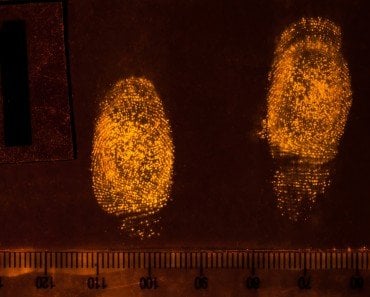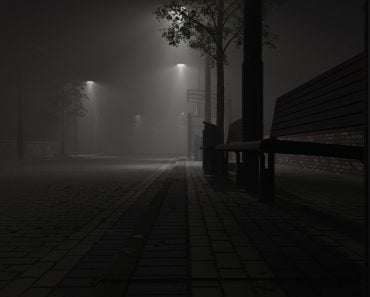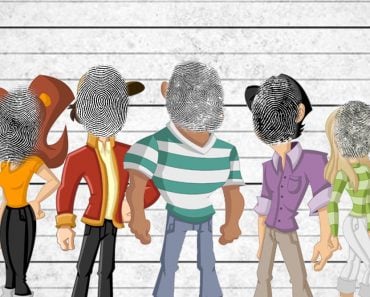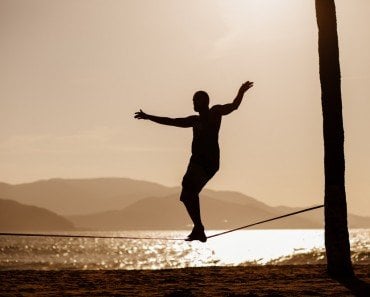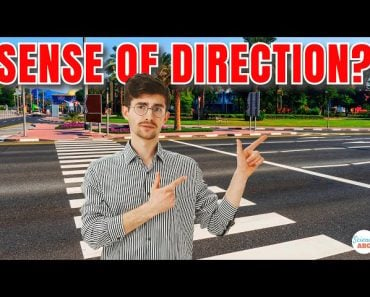Table of Contents (click to expand)
How you walk is just as unique as your fingerprint, your iris pattern and your voice!
Before the pandemic, about 450,000 people walked through New York’s Times Square every day! Now, what if I told you that each of these 450,000 individuals had a completely unique stroll through that space? Yes, every human being on Earth has their own singularly individual style of walking!
Recommended Video for you:
Gait
Your gait is your walking pattern. It is the acutely identifiable style in which you and only you move across the surface of this planet.
A gait is divided into specific movements called step cycles, also known as the gait cycle. A cycle begins with lifting and stepping down the right foot (right-foot-forward to rest), followed by the same step with the left foot (left-foot-forward to rest).
A complete count of right and left together results in one step cycle.
Each person’s unique gait depends on their weight, spinal alignment, length of limbs, posture, and the nature, speed, style and periodicity of the gait cycle. Furthermore, your gait while jogging has a different pattern from your gait when walking or running. Your skipping gait is another variation of your gait pattern.

Gait – An Identification Tool?
You’ve surely heard of facial recognition, as well as high-security rooms whose door locks only open with an authorized person’s eye scan. More common are phones that use fingerprints or facial recognition to unlock the home screen. I remember being fascinated by Edna’s voice recognition door in The Incredibles! Such cameras and scanners work by capturing facial features, iris and retinal patterns, fingerprints and voice patterns.
So, can we add movement patterns to the list? Can your gait be used to biometrically determine your identity? Yes, absolutely!
People do this all the time. We unconsciously identify our friends and family by the way they walk, which is as easily recognizable and peculiar to an individual as their sense of fashion or their laugh.
Now, the ability to identify gait is programmed into machines with superior pattern analysis capabilities, and just as software can identify faces, these gait identification devices can identify people according to how they move.
Sensors even measure the pressure a person exerts on their feet when walking or standing, and the distribution of that pressure. This is termed baropodometry. This information can tell us how a person moves or keeps their feet while walking or standing.
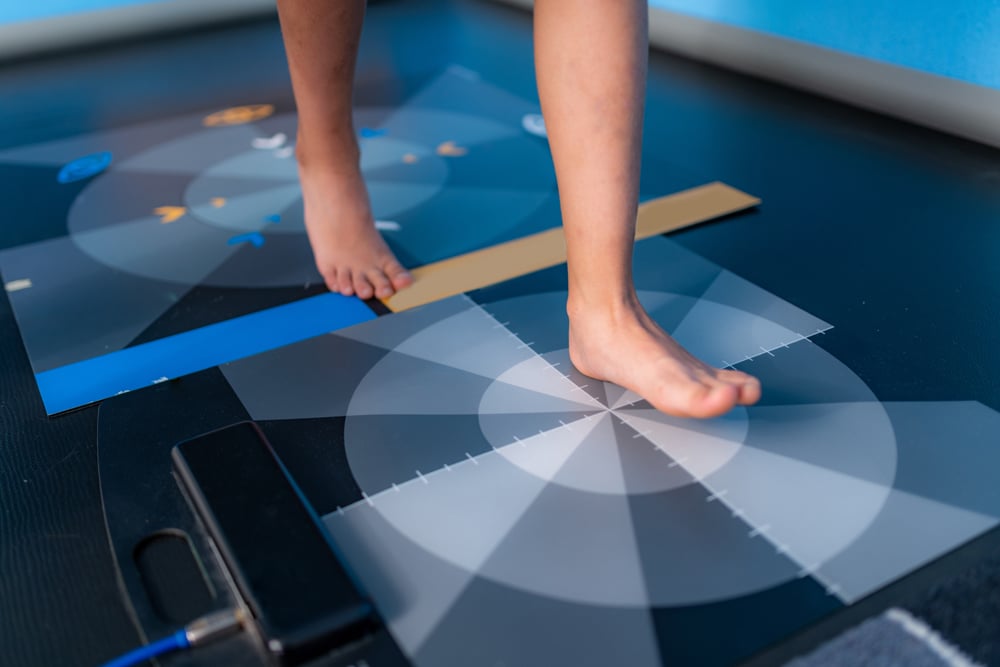
The hope is that it could be used the same way it was in Mission Impossible: Rogue Nation, where a gait analysis corridor guards an encrypted ledger.
Pros And Cons Of Gait Identification
The villain is caught on camera, but the poor camera angle makes it impossible to identify the person. Well, gait analysis might make it unnecessary to identify a person’s face. Someone’s gait can be detected even from even poor-quality CCTV footage, whereas facial recognition requires high-quality images, for which CCTVs are not exactly famous.
Unlike retinal or iris scanners, which require participants to open their eyes and stare directly into a camera, gait analysis does not require “willing” participants. This makes it easier to identify and track criminals within a crowd.
It is also possible to deceive facial and iris recognition technologies by wearing a mask or sunglasses. The scanners can’t identify someone through a covered-up face.
That being said, gait analysis software can also be fooled. By simply faking a limp or taking unusually long steps, one can trick the recognition tool by pretending to walk like some other entirely random person.
However, it is much harder to fake your walking style over a long period of time than it is to simply put on a pair of sunglasses. After all, limping for a few kilometers is much more troublesome than walking gracefully in sunglasses and a hoodie.
Another bonus is that we can even determine a person’s mood by looking at their gait. An angry person rushing off will put much more pressure on their legs than a defeated person dragging their feet.
With this technology, people who demonstrate suspicious behavior can be called out from a crowd. An anxious criminal who walks nervously or hesitantly can be spotted within a crowd walking with ease. This will prove very useful for security reasons and for behavioral psychologists, as one can learn a lot from a person’s body language.
Unfortunately, it won’t be easy to bring this technology out in the open. A gigantic database of everyone’s walking style would need to be created. Without that, there will be nothing to compare people’s unique walking or running styles to, making the technology unusable.
Do Only Humans Have A Gait?
No, humans aren’t the only ones with distinct gaits. Horses, elephants, cheetahs… basically any animal with limbs will have a distinctive gait.
Animal trackers can identify species and follow them across a continent, even using just their gait. However, it is still extremely difficult to distinguish animals of the same species from their walking style. After all, it would be very difficult to detect small differences in the way animals bend their limbs during movement. There is a great deal of room for improvement in this area.
However, should we devote limited research resources to this? Why do we need a tool that can recognize an animal by the way they walk? Well, the possibility does exist. There is no real need to have such a complicated way to track animals, unless we’re tracking endangered species.
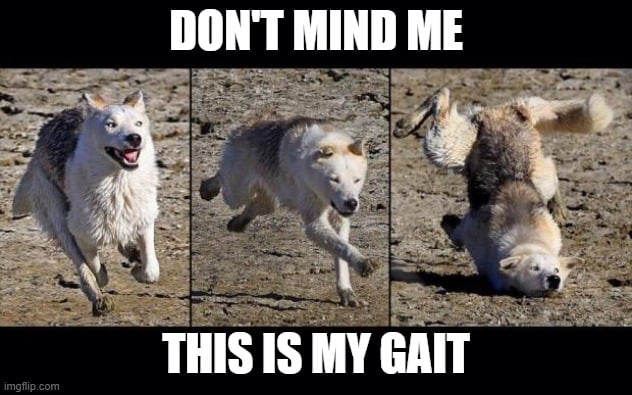
A Final Word
A lot of research is focused on developing better ways to use gait as an identification tool, although gait analysis can also be used as a diagnostic tool. It is possible to detect muscular or neurological problems in abnormal gait movements, and gait analysis can now tell if someone is prone to developing Parkinson’s disease.
Asics, a multinational sports company, makes shoes that best match your running style by analyzing each individual’s gait!
Research shows that gait analysis is a fairly accurate way to track people based on their walking style. With this technology, authorities could identify a fully masked thief as they run away from a robbery site because of their unique running style. However, privacy becomes a major concern too, as authorities could track normal people without their consent.
Only time will tell how this technology will be used, but if human history and advancement has shown anything, it’s that new tools always find a way to be used, regardless of the impacts they may cause.
References (click to expand)
- Hildebrand, M. (1989, December). The Quadrupedal Gaits of Vertebrates. BioScience. Oxford University Press (OUP).
- Del Din, S., Elshehabi, M., Galna, B., Hobert, M. A., Warmerdam, E., Suenkel, U., … Maetzler, W. (2019, July 27). Gait analysis with wearables predicts conversion to Parkinson disease. Annals of Neurology. Wiley.
- (2016) Gait analysis: clinical facts - European Journal of Physical and .... Minerva Medica
- Montepare, J. M., Goldstein, S. B., & Clausen, A. (1987). The identification of emotions from gait information. Journal of Nonverbal Behavior. Springer Science and Business Media LLC.
- Cutting, J. E., & Kozlowski, L. T. (1977, May). Recognizing friends by their walk: Gait perception without familiarity cues. Bulletin of the Psychonomic Society. Springer Science and Business Media LLC.
- Kale, A., Sundaresan, A., Rajagopalan, A. N., Cuntoor, N. P., Roy-Chowdhury, A. K., Kruger, V., & Chellappa, R. (2004, September). Identification of Humans Using Gait. IEEE Transactions on Image Processing. Institute of Electrical and Electronics Engineers (IEEE).
- Baumfeld, D., Baumfeld, T., da Rocha, R. L., Macedo, B., Raduan, F., Zambelli, R., … Nery, C. (2017). Reliability of Baropodometry on the Evaluation of Plantar Load Distribution: A Transversal Study. BioMed Research International. Hindawi Limited.
- Bouchrika, I., Carter, J. N., & Nixon, M. S. (2014, November 21). Towards automated visual surveillance using gait for identity recognition and tracking across multiple non-intersecting cameras. Multimedia Tools and Applications. Springer Science and Business Media LLC.



